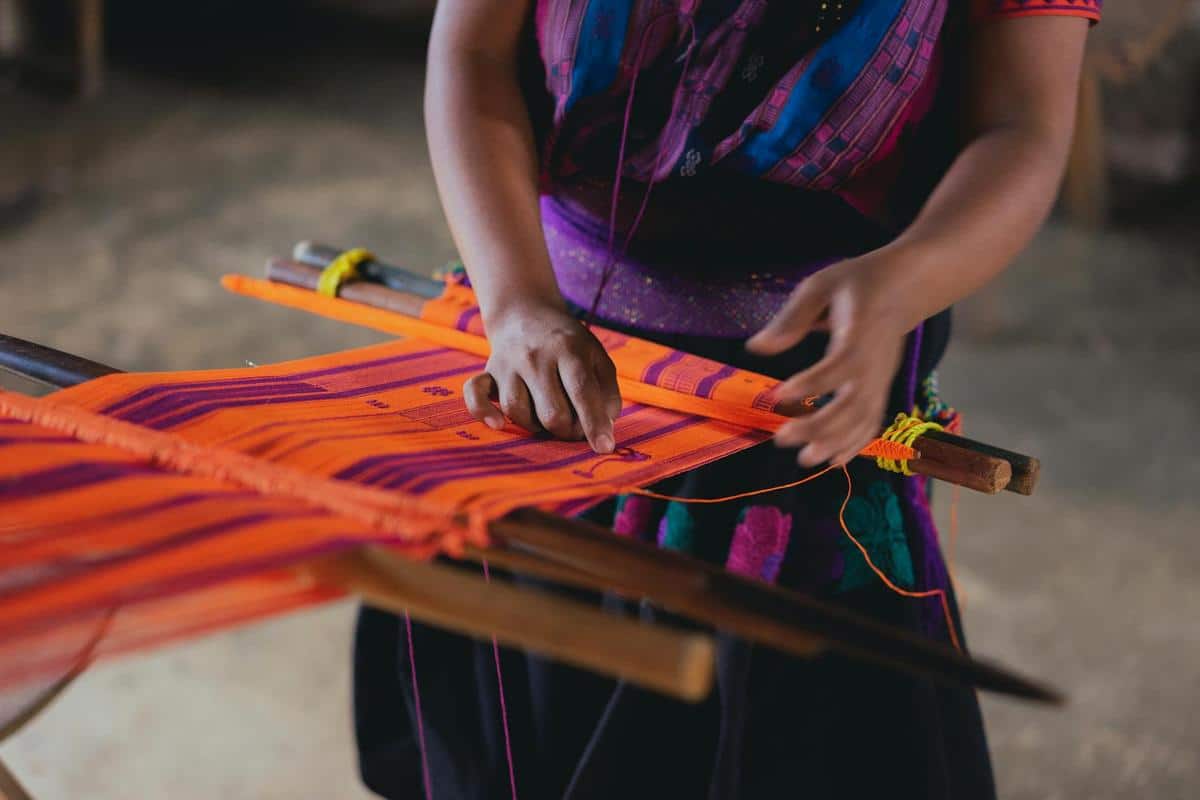
Embracing Indigenous Fashion: A Celebration of Heritage
Fashion is more than just clothing; it is a tapestry woven with threads of culture, history, and identity. As we delve into the world of indigenous fashion, we uncover a rich narrative that speaks of heritage and tradition, seamlessly blending the past with the present.
Indigenous fashion is gaining recognition for its unique blend of traditional craftsmanship and contemporary design. This movement not only celebrates cultural heritage but also empowers indigenous communities by preserving and promoting their artistry. According to the World Intellectual Property Organization, indigenous peoples hold invaluable knowledge in textiles and design, contributing significantly to global fashion.
The Cultural Significance of Indigenous Fashion
Indigenous fashion is deeply rooted in cultural heritage. Each garment tells a story, reflecting the values, beliefs, and histories of its wearers. For instance, the intricate beadwork of Native American tribes or the vibrant textiles of the Andean communities offer insights into their cultural narratives. Dr. Jessica Metcalfe, an indigenous fashion scholar, emphasizes that “indigenous fashion is not just about clothing; it’s about cultural expression and identity.”
Challenges and Opportunities
While indigenous fashion is celebrated for its cultural richness, it faces challenges, such as cultural appropriation and misrepresentation. It’s crucial for fashion enthusiasts to distinguish between appreciation and appropriation. By supporting indigenous designers and brands, consumers can make informed choices that honor the creators’ heritage.
| Region | Traditional Clothing | Cultural Significance |
|---|---|---|
| North America | Beadwork and leather garments | Reflects tribal stories and spiritual beliefs |
| South America | Hand-woven textiles | Represents community and natural landscapes |
| Africa | Ankara and kente fabrics | Symbolizes status and identity |
| Asia | Sari and kimono | Conveys tradition and elegance |
| Australia | Kangaroo skin cloaks | Signifies kinship and survival |
| Europe | Aran sweaters | Embodies local folklore and craftsmanship |
| Pacific Islands | Tapa cloth | Represents cultural heritage and artistry |
| Middle East | Kaftan | Denotes cultural identity and tradition |
Embracing Indigenous Fashion: Tips for Support
- Purchase directly from indigenous artisans and brands to ensure fair compensation.
- Educate yourself on the cultural significance behind the garments you wear.
- Support initiatives and events that promote indigenous fashion designers.
Consider attending indigenous fashion shows or exhibitions to immerse yourself in the vibrant culture and creativity of these designers.
Frequently Asked Questions
Why is indigenous fashion important?
Indigenous fashion is crucial for preserving cultural heritage and supporting the economic empowerment of indigenous communities.
How can I respect indigenous fashion?
Respect indigenous fashion by purchasing from authentic sources and learning about the cultural significance of the items.
Conclusion
Embracing indigenous fashion is more than a style choice; it’s a commitment to honoring the artistry and culture of indigenous communities. By understanding and supporting the stories woven into these garments, we contribute to a more inclusive and respectful fashion industry. Let’s celebrate heritage through fashion that is as meaningful as it is beautiful.